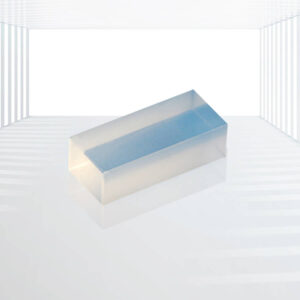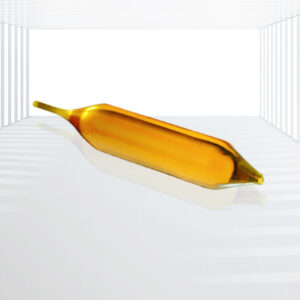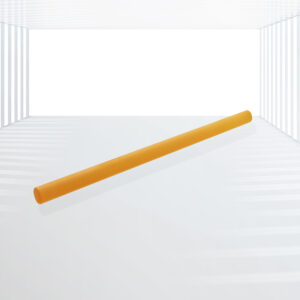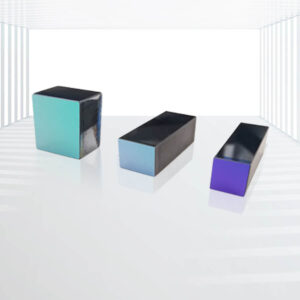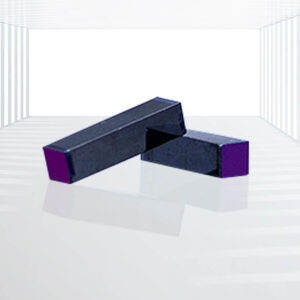Air Spaced Zero Order Waveplates
Minimal Wavelength Sensitivity: The zero-order design offsets unfavorable retardation shifts occurring along with input wavelength fluctuations, making it far less sensitive to changes in wavelength compared to multi-order waveplates.
Temperature Stability: The design also minimizes sensitivity to temperature changes, ensuring stable performance in various environmental conditions.
High Damage Threshold: The air-spaced modules feature exceptionally high damage thresholds, making them suitable for high-power laser systems.
Versatile Applications: Available in half, quarter, and octadic waveplate versions, our Zero Order Waveplates cater to a wide range of optical applications.
Broad Operational Wavelength Range: With operational wavelengths ranging from 200nm to 2000nm for Quartz and 190nm to 7000nm for MgF2, our waveplates are suitable for various optical systems.
Customizable Options: Both off-the-shelf and custom versions are available, with standard specifications and customizable options to meet specific application requirements.
Applications: Polarization Control, Circular Polarization, Nonlinear Optical Systems, Optical Sensors and Phase Shifters, High-Power Laser Systems, etc.
Kingwin Optics’ Zero Order Waveplate is a precision optical component consisting of two waveplates made from high-quality Quartz or Magnesium Fluoride (MgF2), with their optical axes orthogonally aligned. This unique design results in a terminal net retardation that is the difference between the two individual retardations obtained from the two constituent waveplates, offering distinct advantages over traditional multiple-order or low-order waveplates.
Specifications:
| Material | Quartz or MgF2 |
| Wavelength | 200-2000nm (Quartz), 190-7000nm (MgF2) |
| Retardation | λ/4 or λ/2 |
| Aperture | 18mm |
| Surface Quality | 20/10 S/D |
| Parallelism | <1 arc Sec |
| Retardation Tolerance | λ/60-λ/200(λ<400nm), λ/200-λ/400(400nm<λ<700nm), λ/400-λ/600(λ>700nm) |
| Damage Threshold | >500 MW/cm2 |
| Coating | AR coating |
| Mounted Diameter | 25.4mm (1 inch) |
Advantages:
- Minimal Wavelength Sensitivity: The zero-order design offsets unfavorable retardation shifts occurring along with input wavelength fluctuations, making it far less sensitive to changes in wavelength compared to multi-order waveplates.
- Temperature Stability: The design also minimizes sensitivity to temperature changes, ensuring stable performance in various environmental conditions.
- High Damage Threshold: The air-spaced modules feature exceptionally high damage thresholds, making them suitable for high-power laser systems.
- Versatile Applications: Available in half, quarter, and octadic waveplate versions, our Zero Order Waveplates cater to a wide range of optical applications.
- Broad Operational Wavelength Range: With operational wavelengths ranging from 200nm to 2000nm for Quartz and 190nm to 7000nm for MgF2, our waveplates are suitable for various optical systems.
- Customizable Options: Both off-the-shelf and custom versions are available, with standard specifications and customizable options to meet specific application requirements.
Applications:
- Polarization Control: Half Wave Zero Order Waveplates rotate the polarization plane of linearly polarized light, making them ideal for polarization control applications.
- Circular Polarization: Quarter Zero Order Waveplates transform linear polarization into circular polarization or vice versa, essential for applications requiring circular polarization.
- Nonlinear Optical Systems: Octadic Waveplates, with a retardation of lambda/8, are extensively used in nonlinear optical systems, optical time-multiplexing systems, and special interferometers.
- Optical Sensors and Phase Shifters: The precise phase control offered by Zero Order Waveplates makes them suitable for optical sensors and synchronous phase shifters.
- High-Power Laser Systems: The high damage thresholds of air-spaced modules make them ideal for use in high-power laser systems.
The terminal net retardation of a Zero Order Waveplate is the difference between the two individual retardations obtained from the two constituent waveplates, which is a function of the thickness difference between the two waveplates. This design minimizes unfavorable retardation shifts due to input wavelength fluctuations and temperature changes, making them far less sensitive than multi-order waveplates.
Our Zero Order Waveplates are available in both off-the-shelf and custom versions, with standard specifications including 18mm apertures and 25.4mm mounts. The air-spaced modules feature exceptionally high damage thresholds, suitable for high-power laser systems. Additionally, we offer Zero Order Waveplates with NOA61 Cemented structures and Optically Contacted, glue-free structures to cater to various application requirements.





